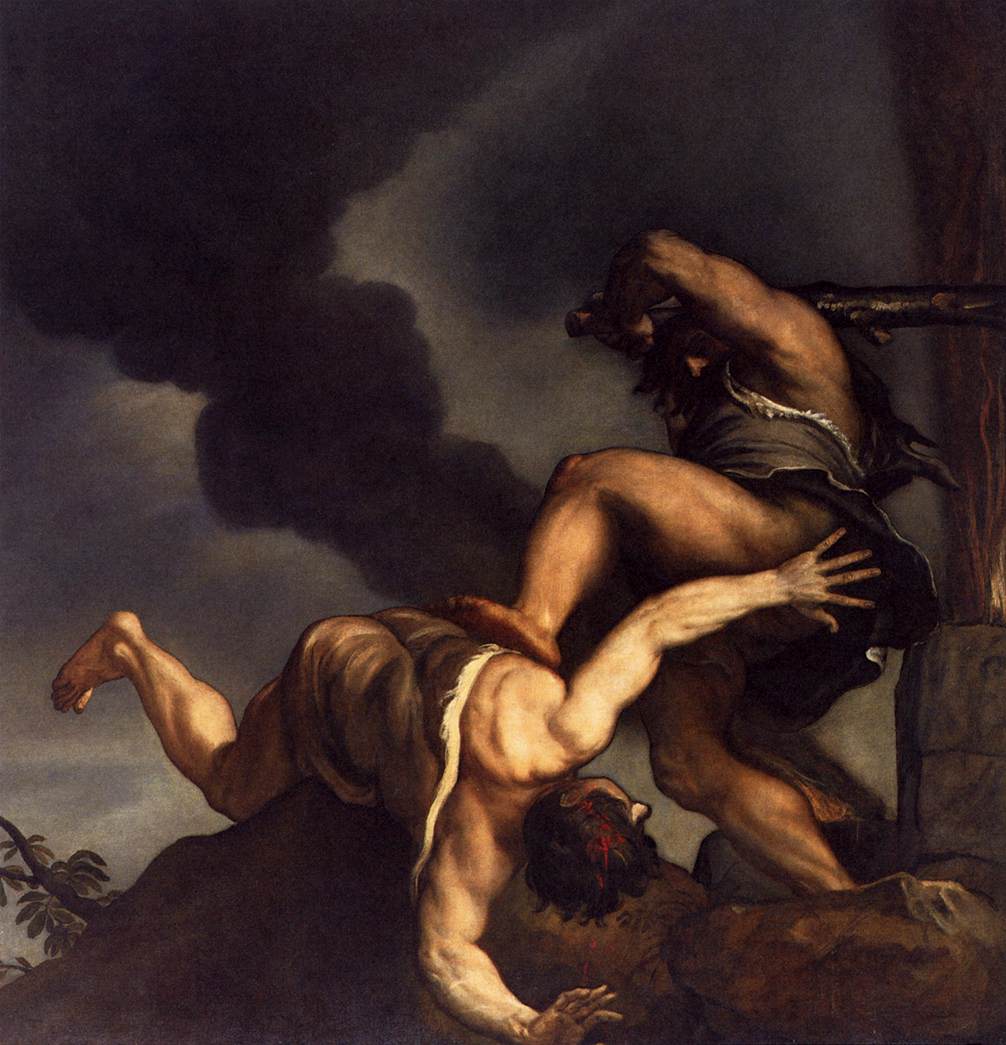Saints of the Roman Canon - Abel the Just, January 2nd (EF), Dec 24 (OF)
Abel, the son of Adam is mentioned in the Canon of the Mass as Abel the Just. It hasn't been easy to confirm, but my best information is that his feast day is January 2nd for the Extraordinary Form Calendar and I was just informed (H/T Sequoia S) that it is December 24 for the Ordinary Form calendar. His story is in the book of Genesis. You may remember his offering, a sacrificial lamb, was appropriate, which that of his brother Cain was deficient. When Cain's offering was rejected, Cain murdered Able out of jealousy. He is a hugely important figure liturgically in that his story is one that helps to establish the pattern of religious life for us, with worship and sacrifice at its heart. This is true, broadly speaking for the patriarchs, and specifically, he is often associated in this regard with Melchizedek and Abraham. I have covered both of these figures in previous postings and any who have read those will remember the mosaic from Ravenna which has the three together.

This importance is made real, by the continued references to him in the Old Testament, as well as in the Mass, of course. Here is an excerpt from the Catholic Encyclopedia:
In the New Testament Abel is often mentioned. His pastoral life, his sacrifice, his holiness, his tragic death made him a striking type of Our Divine Saviour. His just works are referred to in 1 John 3:12; he is canonized by Christ himself (Matthew 23:34-35) as the first of the long line of prophets martyred for justice' sake. He prophesied not by word, but by his sacrifice, of which he knew by revelation the typical meaning (Vigouroux); and also by his death (City of God XV.18). In Hebrews 12:24, his death is mentioned, and the contrast between his blood and that of Christ is shown. The latter calls not for vengeance, but for mercy and pardon. Abel, though dead, speaketh (Hebrews 11:4), Deo per merita, hominibus per exemplum (Piconio), i.e. to God by his merits, to men by his example.
The Ghent Altarpiece portrays this so beautifully, by connecting the two images of Abel and Cain with the fallen Adam and Eve (who have deep shadows associated with their images and who are naked, but ashamed of their nudity).



Here is an early gothic illumination, which again puts to the two important parts of the 'Kayn' and Abel biblical narrative together.

Later images, especially, Renaissance and baroque images tend to focus more on the drama of the murder, emphasizing the effects of the Fall. This is important, of course, but personally, I would like to see this aspect of offering and worship brought to our minds too, especially for images in church. Here is Titian's wonderful painting from the 16th century:

This one by an anonymous 17th-century artist does have an indication of the sacrificial altar that is just a little more obvious than Titian's.

Here is William Blake's depiction, typically idiosyncratic! He focusses on the expulsion of Cain 'East of Eden'.

This is one of a series of articles written to highlight the great feasts and the saints of the Roman Canon. All are connected to a single opening essay, in which I set out principles by which we might create a canon of art for Roman Rite churches, and a schema that would guide the placement of such images in a church. (Read it here.) In these, I plan to cover the key elements of images of the Saints of the Roman Canon - Eucharistic Prayer I - and the major feasts of the year. I have created the tag Canon of Art for Roman Rite to group these together, should any be interested in seeing these articles as they accumulate. For the fullest presentation of the principles of sacred art for the liturgy, take the Master’s of Sacred Arts, www.Pontifex.University.